Race bovine Holstein
Holstein cattle are the most recognized and widely used dairy breed in the world. Famous for their striking black-and-white coat pattern and unmatched milk production, Holsteins dominate modern dairy farming across every continent. Farmers value their extraordinary milk yield, adaptability to intensive systems, and genetic influence, while the global dairy industry relies on Holsteins to supply the majority of commercial milk worldwide.
Histoire et origine
Dutch and German Heritage
Holsteins trace their origins to the Netherlands and northern Germany, where selective breeding of black-and-white dairy cows began over 2,000 years ago. Farmers in the region focused on developing cattle that could produce large volumes of milk while thriving on grass.
Expansion mondiale
Holsteins were exported to North America in the mid-19th century, where they quickly became the leading dairy breed. Today, they are found in over 150 countries, making them the most widespread cattle breed globally.
Caractéristiques physiques
Apparence
-
Couleur : Distinctive black-and-white or red-and-white patterns.
-
Taille : One of the largest dairy breeds.
-
Cows weigh 650–750 kg (1,430–1,650 lbs).
-
Les taureaux pèsent 1 000-1 300 kg (2 200-2 900 lbs).
-
-
Construire : Tall, angular, with strong udders designed for heavy milking.
Le tempérament
Generally docile and easy to manage, though their size requires careful handling in large herds.
Milk Production and Quality
Record Yields
-
Average Yield: 9,000–11,000 liters (2,400–2,900 gallons) per cow annually, with elite herds exceeding 12,000 liters.
-
Composition du lait : ~3.6% fat and 3.1–3.3% protein.
-
Holstein milk is especially suited for fluid consumption and industrial dairy production.
Efficacité
Holsteins are the world leaders in milk volume per cow, making them the backbone of intensive dairy systems.
Rusticité et adaptabilité
Climate and System Flexibility
Holsteins thrive in a variety of climates, though they perform best in temperate regions with intensive management. They are the breed of choice for large-scale dairy farms in North America, Europe, South America, and Asia.
Feeding and Management
They adapt well to high-input, high-output systems, responding efficiently to intensive feeding programs.
Traits reproductifs et maternels
Fertilité et vêlage
Holsteins are fertile but may require careful management in intensive systems.
Calves weigh 38–45 kg (84–100 lbs) at birth.
Calving is generally smooth, though close monitoring is beneficial.
Maternal Qualities
Cows provide abundant milk for calves and are attentive mothers, though most commercial systems prioritize their industrial milk yield.
Avantages
Pour les agriculteurs
-
Unmatched Milk Yield: Highest volume among all dairy breeds.
-
Genetic Resources: Extensive breeding programs worldwide ensure continuous genetic progress.
-
Global Market: Holstein genetics are highly sought after for artificial insemination and breeding.
Pour les consommateurs
-
Reliable Supply: Holsteins produce the majority of global milk supply.
-
Polyvalence : Milk suitable for fresh consumption, cheese, butter, and industrial dairy products.
-
Trusted Brand: Black-and-white Holsteins are instantly recognizable as the symbol of dairy farming.
Faits marquants
-
🐄 Origine : Netherlands & Northern Germany
-
⚖️ Poids de la vache : 650–750 kg
-
⚖️ Poids du taureau : 1 000-1 300 kg
-
🍼 Rendement laitier : 9,000–11,000 liters/year (elite herds >12,000 liters)
-
🧈 Composition du lait : 3.6% fat, 3.1–3.3% protein
-
👶 Poids de naissance du veau : 38-45 kg
-
🌎 Diffusion mondiale : 150+ countries
-
✅ Traits : Distinctive black-and-white coat, highest milk production, global dominance
Additional Insights
Holstein in Crossbreeding
While Holsteins excel in milk volume, crossbreeding with breeds like Jersey or Brown Swiss is sometimes practiced to improve fat, protein, and fertility traits.
Comparison with Other Dairy Breeds
Compared to Jersey, Holsteins produce far more milk volume but with lower butterfat. Against Suisse brune, they are larger and higher yielding but may have shorter lifespans.
Economic Importance
Holsteins account for the majority of global dairy revenue. From large-scale farms in the U.S. to small family operations in Asia, the breed’s impact is unmatched.
The Holstein breed represents the modern face of global dairy farming. With unparalleled milk yields, it has become the backbone of commercial dairy industries in nearly every country.
Holsteins’ adaptability to intensive systems and ongoing genetic advancements ensure they will continue to dominate global milk production.
While other dairy breeds contribute with richness and specialty, Holsteins remain the standard for sheer volume and efficiency, securing their legacy as the world’s premier dairy breed.
“Holstein: The Global Dairy Leader
Unmatched in Milk Production and Efficiency
A Symbol of Dairy Farming Across Continents”
Holstein Genetics and Breeding Programs
One of the greatest strengths of Holstein cattle is the depth of their genetic database. With millions of animals registered worldwide, advanced breeding programs have allowed farmers to select for traits such as higher yields, udder health, feed efficiency, and disease resistance. Artificial insemination and genomic testing continue to push the breed forward, ensuring Holsteins remain the benchmark for modern dairy performance.
Holstein’s Role in Global Food Security
As the leading milk producers, Holsteins play a critical role in feeding the world’s population. Their consistent output provides the foundation for dairy industries on every continent, supporting both local consumption and international trade. By supplying the majority of global dairy products, Holsteins are not just a breed but a cornerstone of global food security.

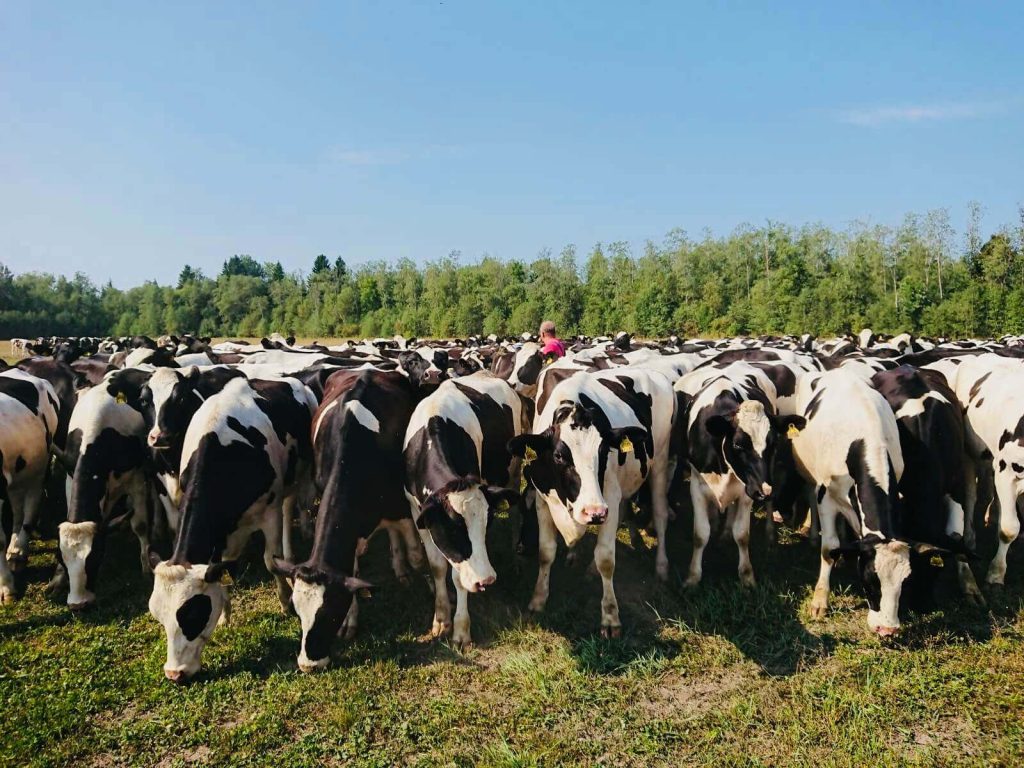

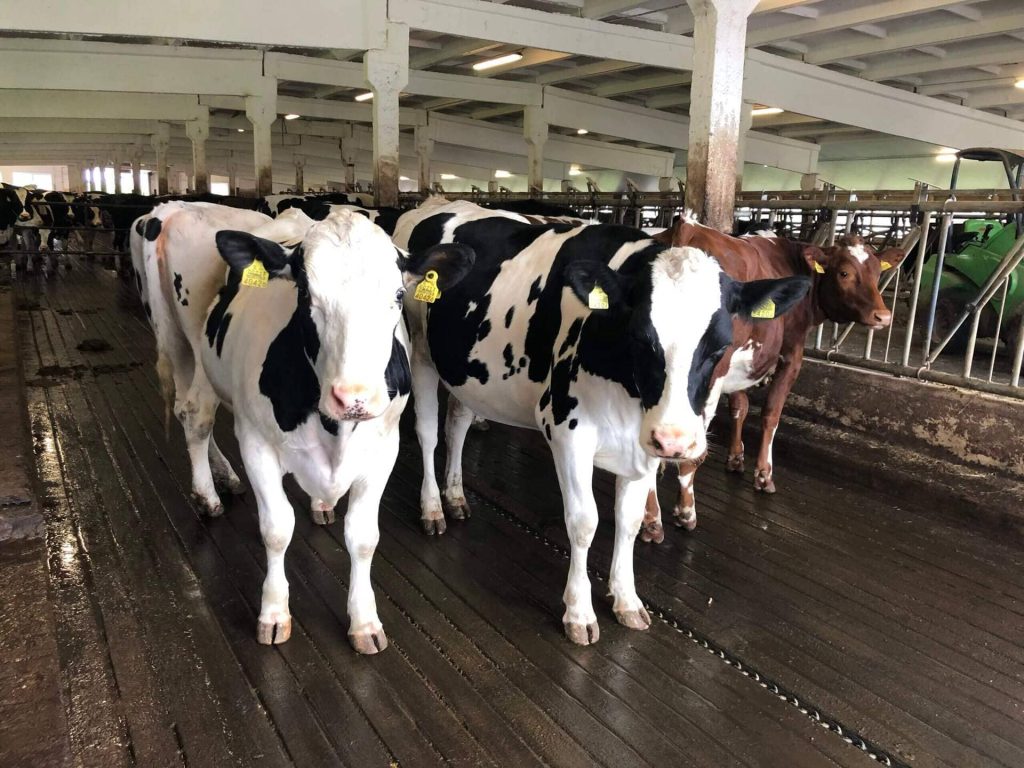
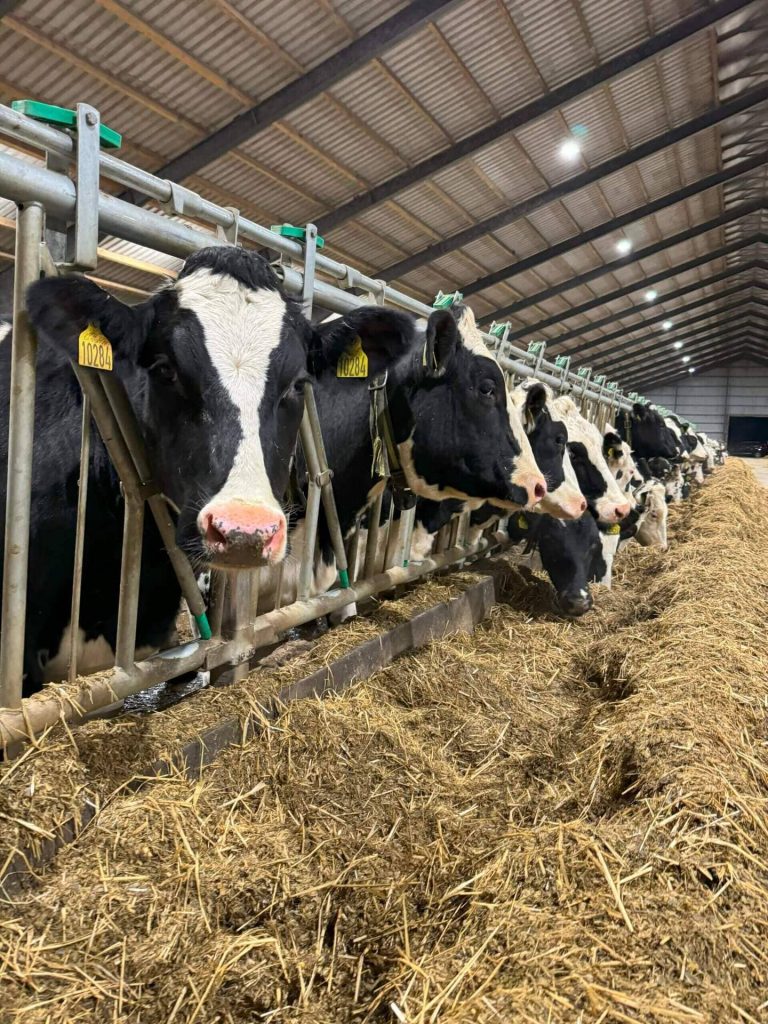
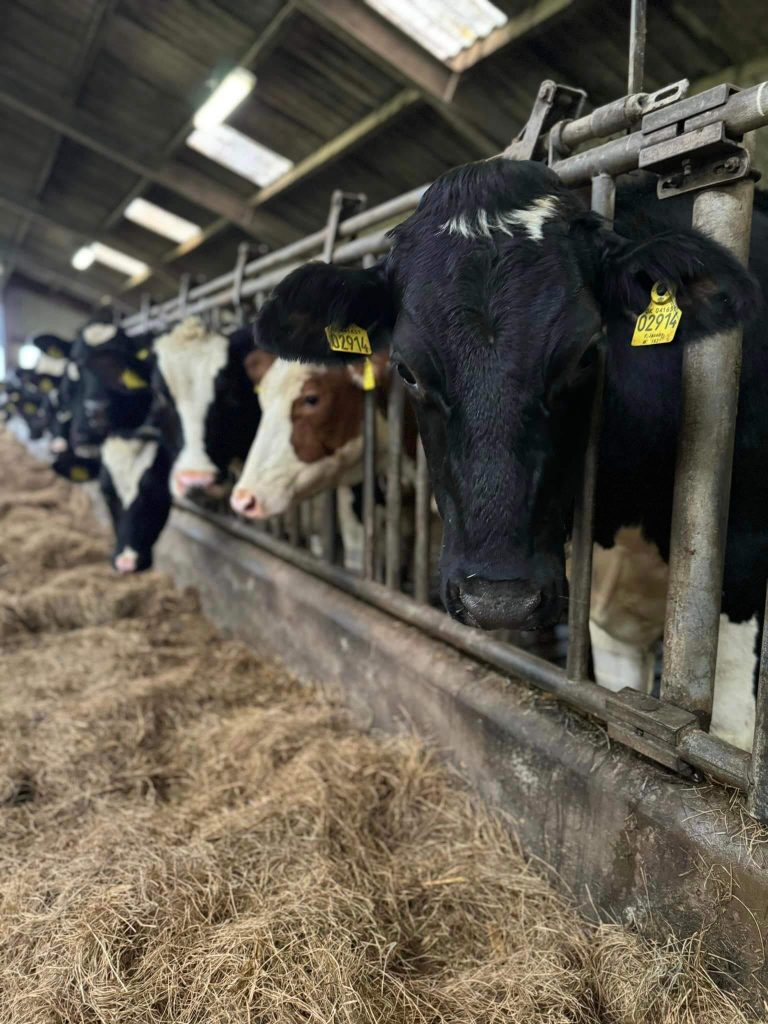
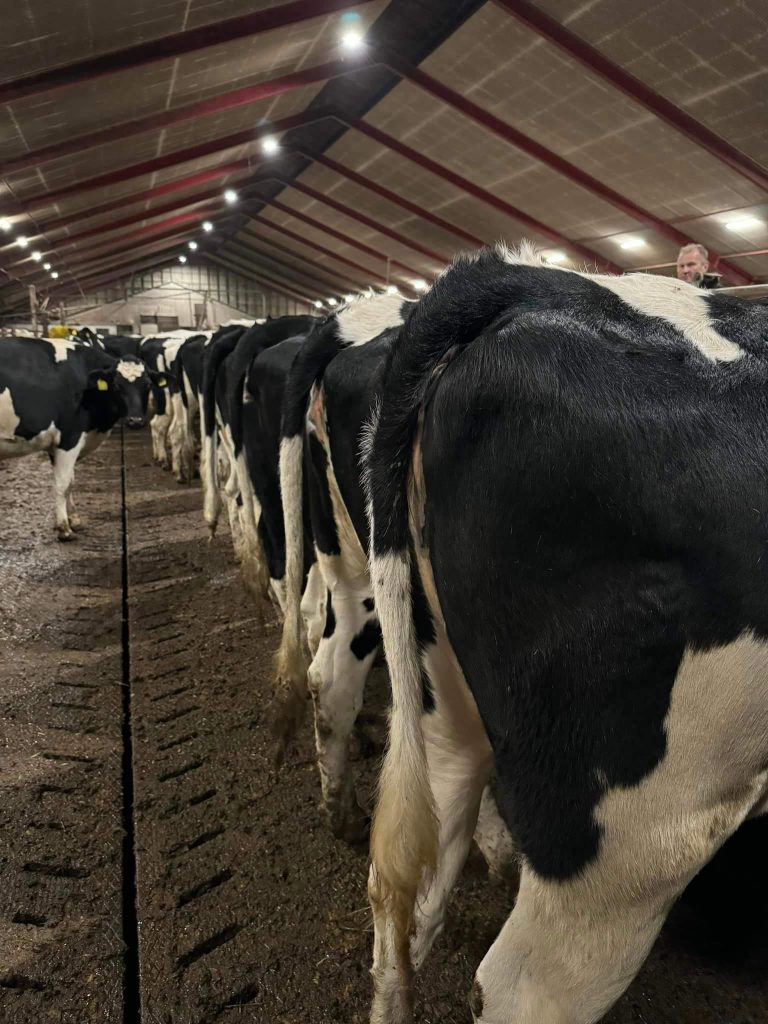
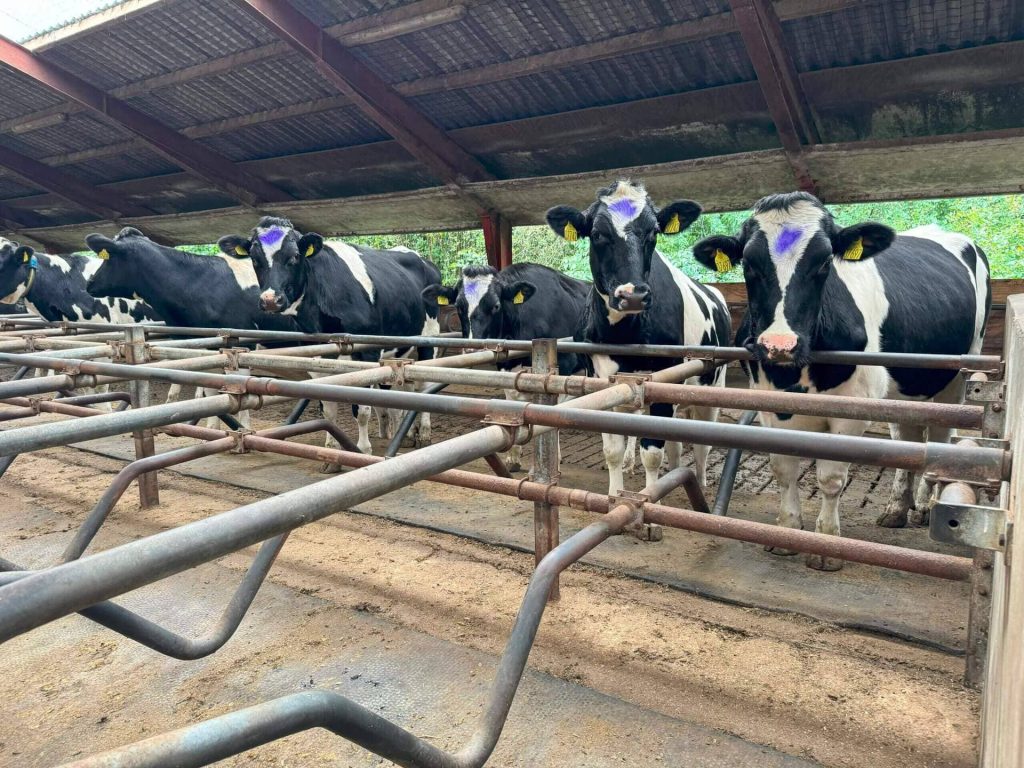
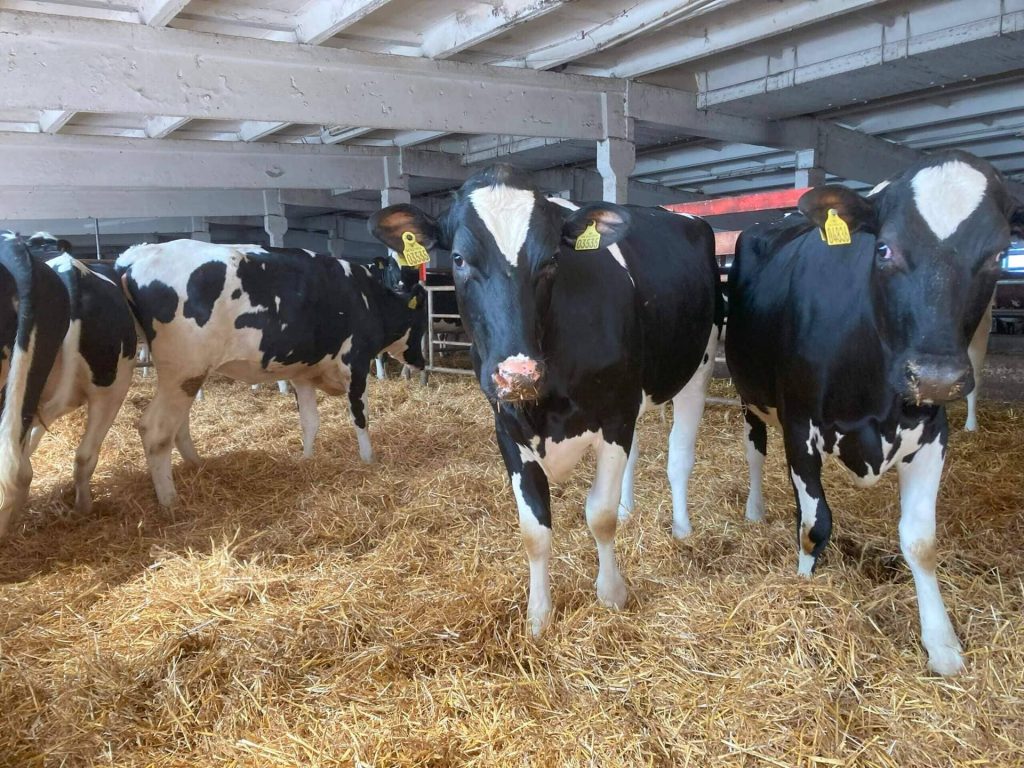
Avis des clients
Montrer 0 revues
Merci d'avoir soumis votre commentaire !